Les Filles du Roi
Nouvelle-France or New France, the area colonised by France in North America, was a place for adventures and in first mainly occupied by gentlemen, who weren’t always really gentlemen-like. New France was a place of fur-trade and full with trappers, soldiers, traders, priests and ruffians. It did not really sound like a desirable place to live or settle at for the female gender.
 It changed as agriculture entered the picture. Farms offered new possibilities for the ladies and more of them dared to cross the great waters to settle in this new land… but it were not enough. The men outnumbered the women by far, but women were essential to really establish settlements. Compared to the English settlements, the French ones were not doing well at all in matters of population growth. In 1666, there were around 45 unmarried women of the ages from sixteen to forty for around 700 men of the same ages.
It changed as agriculture entered the picture. Farms offered new possibilities for the ladies and more of them dared to cross the great waters to settle in this new land… but it were not enough. The men outnumbered the women by far, but women were essential to really establish settlements. Compared to the English settlements, the French ones were not doing well at all in matters of population growth. In 1666, there were around 45 unmarried women of the ages from sixteen to forty for around 700 men of the same ages.
But who could blame the women for not seeking a place in the New World? The single women, that New France was in dire need of, had to pay for their passage themselves, and it was not cheap, they did not know what awaited them once there, the climate was rough and the morals not always high. Where would they stay? How could the earn a living? Surely there was no shortage of single-men seeking a wife… but what if they treated the wife badly then? There was no way she could flee him, or return to her family that easily. The shoe-maker with the lack of teeth and beer-belly around the corner at home seemed a much safer option.
The Intendant of New France, Jean Talon, sought to increase the amount of families in this Brave New World and suggested to Louis XIV that single-women should be pretty much imported from the Old World. At least 500 women of a marriageable age should be recruited to marry the settlers of New France.
Louis XIV agreed to the scheme and also to sponsor the ladies in question. Thus people were sent out to recruit women willed to dare the adventure… but not everyone who wanted was actually fit to be selected. They had to be of perfect health, good morals and of a robust enough stature to endure the rough climate and hard work awaiting them.
Most of the girls were recruited in and around Paris, some came from the Normandy, Aunis, Poitou, Saintonge, but also women from Portugal, Germany and even Brazil. The Parisian Hôpital général, along with the Hôpital de la Salpêtrière and Saint-Sulpice, gathered the most and they were usually from a very poor background. A lot of them were orphans and had little to no education and no property or belongings. But there were also girls from poor noble-families with too many daughters to provide a dowry for each of them. These were recruited and “reserved” for higher-ranking officers and noblemen. In case of the latter, it was hoped that the unmarried noblemen, who had this and that business in New France, would decide to stay and settle there if provided with a lovely wife.

Even-though the women were carefully selected, it still happened once in a while that some of them were sent back to France, because the local authorities of New France did not consider them to be fit enough.
The term Filles du Roi refers exclusively to these women, those sponsored by the King, and not women who decided to tackle the adventure themselves, they are sometimes called filles à marier. Being a Filles du Roi has in this case nothing to do with being an actual daughter of the King or being of noble blood. Louis XIV’s sponsorship included the costs for the passage, usually 100 livres, and a filled chest as dowry. What the chest contained varied. In some cases it was a winter-coat, a lighter coat, a blouse or shirt, four under-skirts, two pairs of stockings, a pair of shoes, a comb, a brush, hair-needles, scissors, two knives, ten needles for sewing along with four rolls of yarn and 50 livres in ready-money.
Originally, a dowry of 400 livres was planned, but the treasury could not do it, thus many of the girls received various goods instead.
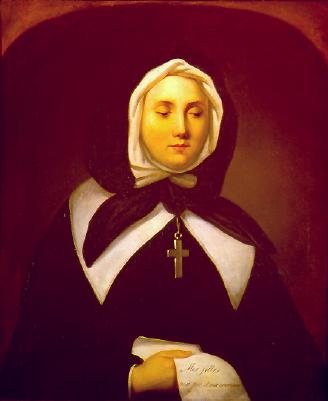
Once all arrangements had been made, the women set sail from the ports of Normandy. The journey was long and not easy. Some girls changed their minds upon seeing the ship and never boarded it, others boarded and never saw the New World. Those who made it, disembarked at Quebec, Trois-Rivières or Ville-Marie, today better known as Montreal. The first Filles du Roi arrived on 22 September in 1663. In Ville-Marie, the girls were greeted by Marguerite Bourgeoys, a French nun, who took care of them and helped with the husband-finding. Marguerite Bourgeoys, was also the first to use the term Filles du Roi for them.
In some cases, the husband-search went rather swiftly and they were engaged and married within a few months. In other cases, it took more than three years. While the women were looking for men with means and land, most of the men were looking for women to help them with farm-work. The Filles and possible husbands were introduced to each other in special events, a kind of matchmaking event.
Since there were plenty of single-men, the Filles could choose freely the one they thought most appropriate. If one was found, most couples would head to church for their engagement, with witnesses and their priest being present. Some then married straight away, usually in the bride’s parish, others first went to a notary to set up a marriage contract. The woman had pretty much the upper hand here, for the contracts provided them with financial protections should something happen to them or the intended husband and gave them the freedom to cancel the engagement should they find someone better or not get along too well with the groom after all. A lot of the Filles, which arrived between 1669 and 1671, cancelled their contracts. Of the total 832 to 852 Filles arriving in New France, 737 married. A problem in the early years of the project was that a lot of the Filles from Paris, although carefully selected, turned out to be not fit at all for hard farm-work or simply had no clue at all what to do, thus later on girls from more rural places were recruited instead.

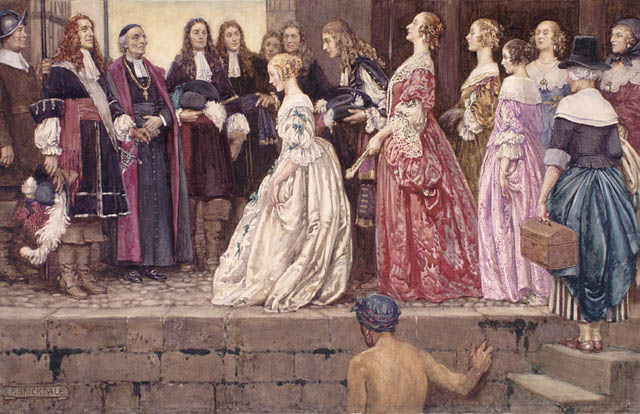
Upon their marriage, the Filles and hubbies received a cow, six sheep and twelve chickens on courtesy of the King.
Of course, there were also a couple of rather scandalous ones among the Filles. A sixteen year old girl of noble origin from Hamburg, by the name of Anne-Marie Von Seck, is said to have been rather full of herself and engage in scandalous acts. She arrived under mysterious circumstances, settled in Ville-Marie, married and was widowed, then married again and abandoned by her second husband, who was a very violent drunkard, after which she led a life of scandal and debauchery, that constantly got her second husband in trouble with the law, including prison time and heavy fines. In the end, everyone abandoned her and she ended her life in 1722.
In contrary to rumours that many of the girls were actually prostitutes, only one, Catherine Guichelin, has been charged with living “a scandalous life and prostitution” and that only after she had been left by her husband, who left her and their children to return to France. One of the descendants of Catherine Guichelin, Louis Coutlée, was a founding father of Ottawa.
He is not the only prominent descendant of a Fille du Roi. Saint André Bessettesi is a descendant the Fille du Roi Anne Le Seigneur. Hillary Clinton of the Filles du Roi Madeleine Nie and Jeanne Ducorps. Angelina Jolie is a descendant of Fille du Roi Denise Colin and Madonna one of Anne Seigneur.
All in all, the whole thing was a proper success. The amount of children born in New France skyrocketed so much that, at the end of 1671, Jean Talon let the King know that it was not necessary for new Filles to be sent over the following year. On request of Louis de Buade de Frontenac, the new governor, another 60 women were sent to New France in 1672, but after that the project was ended for good.
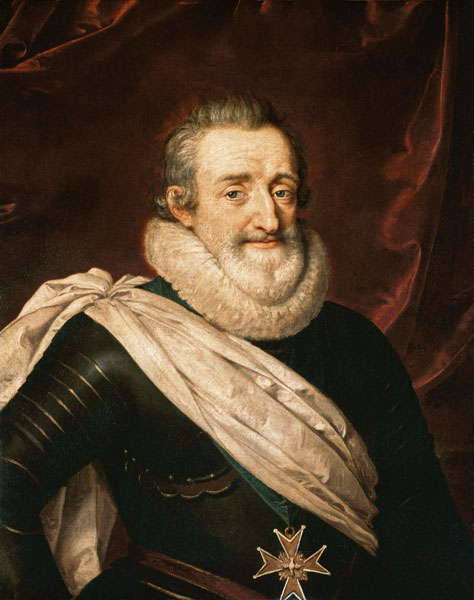
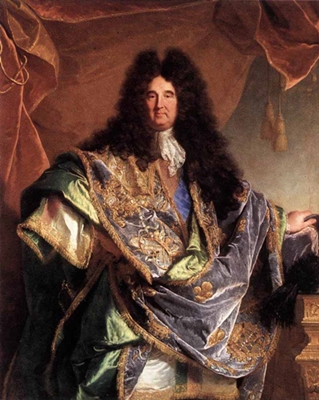

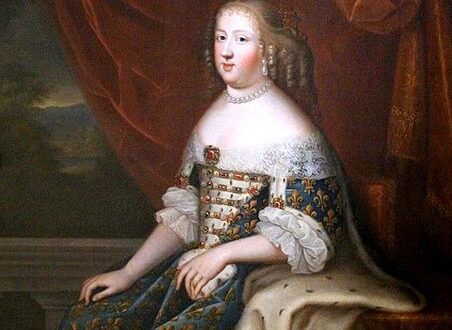
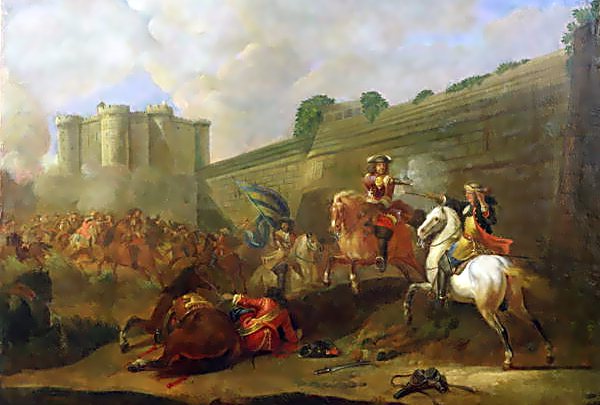
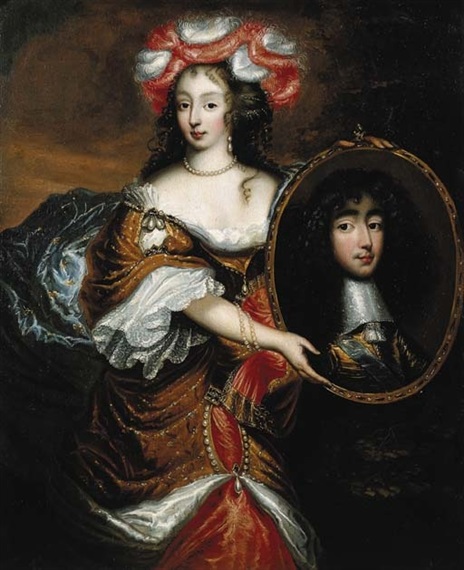
2 Comments
Susan Chapek
What we know of the lives of the King’s Daughters provides plenty of fodder for drama, even for those of less scandalous inclinations. So there are several historical novels on the theme. A search of “filles du roi historical fiction” will find six or seven of them.
Happy New Year, and thank you for the blog.
Emily
This is awesome! I am writing a research project for my history course and have been looking for good sources everywhere. This helps so much! Thank you for this excellent article 🙂